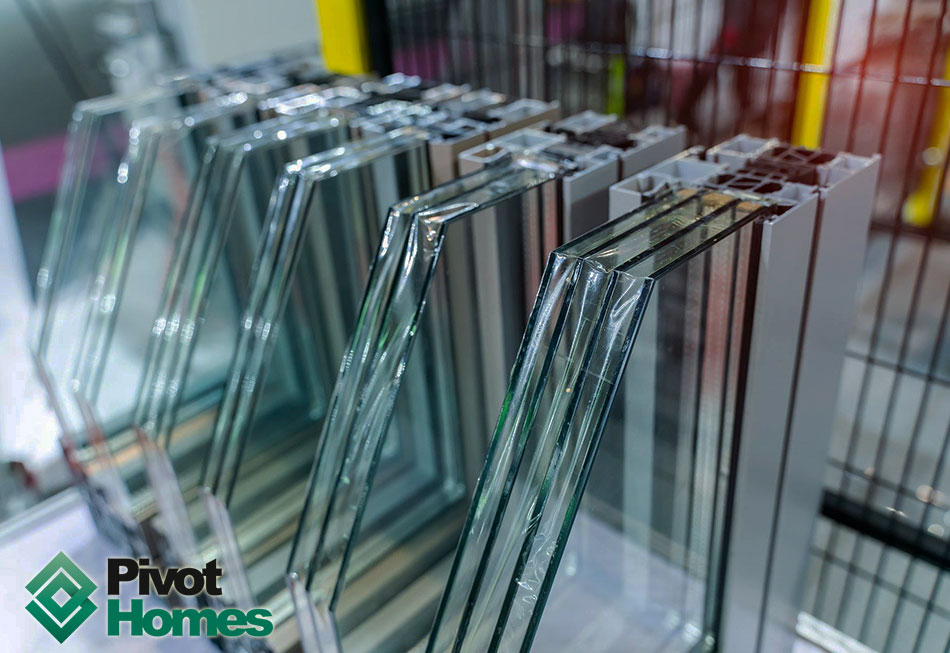All Categories
Featured
Table of Contents
Magnetite: Australian Retrofit Double Glazed Windows in Singleton WA
Laminated glass is frequently used in areas in the house most susceptible to injury from human impact such as bathrooms, doors, around staircases and in areas close to the floor (it meets the requirements of 'security glass' that is mandated for usage in these areas by Australian Basic AS 1288 Glass in buildings).
Toughened glass has actually been 'tempered' by being reheated and quickly cooled once again. This procedure makes it much more powerful than basic glass it can resist higher effect loads before breaking. It also makes it more secure since, when it does shatter, it gets into numerous small cubic pieces instead of harmful shards.
How To Retrofit Your Windows With Double Glazing, And Keep ... in Karrinyup Western Australia
Nevertheless, toughened glass has no thermal or acoustic benefits over other glass of the exact same toning or thickness. Secondary glazing is where single-glazed windows are retrofitted with a transparent acrylic or glass sheet attached to the within of the frame or openable sash with a secondary frame or with magnetic strips.


Secondary glazing will not perform also thermally as a produced IGU, considering that it is difficult to totally seal the perimeter, however it can provide great sound control. Window movies are a thin polymer movie including an absorbing color or reflective metal layer, with an adhesive backing. They adhere to your glazing to change its colour or make it reflective.
Double Glazed Windows – Their Amazing Benefits For ... in Inglewood Western Australia
Applied to existing glass, some window films can halve the general SHGC of the window by absorbing and/or reflecting solar radiation. This can be particularly useful in hotter climates where cooling is the primary concern, or on east and west elevations straight exposed to extended periods of sunshine. However, window films may also lower noticeable light transmittance.

For this factor, it is usually best to use a certified installer of window film. Frames have a considerable effect on the thermal performance of doors and windows, because energy can be acquired and lost through the frame, in addition to through the glass. Different types of frame will enable different levels of heat gain and loss, so cautious option of frame is very important for reliable passive design.
What Are Double Glazed Windows? - Build in Balga Perth
Aluminium is also an extremely excellent conductor of heat and will reduce the insulating value of a glazing system, unless specifically crafted to minimize this. A 'thermally broken' frame is made up of 2 aluminium areas connected by a structural insulator (generally a low-conductivity structural polymer). This 'breaks' the thermal connection through the aluminium and minimizes the heat streaming through the frame.
Lumber frames are a good natural insulator that can fit some house styles. Timber frames must be made from types that have naturally high resilience or be dealt with to prevent decay and deformation.
Double Glazing Vs Triple Glazing For Windows (2023) in Parmelia WA
However, this can lead to gaps that allow air infiltration unless excellent draught sealing (weather condition removing) is set up. u, PVC is a kind of plastic (unplasticised polyvinyl chloride, likewise called stiff PVC). u, PVC frames supply outstanding thermal efficiency, often better than timber or thermally damaged aluminium. u, PVC is long lasting and needs really little upkeep, and can be moulded into intricate profiles that supply excellent air seals.
u, PVC windows and doors have exceptional thermal efficiency Photo: Ben Wrigley (Light Home Architecture and Science) Composite frames use aluminium profiles on the external areas with either a lumber or u, PVC inner area. These integrate the low maintenance and sturdiness of aluminium with much enhanced thermal performance.
Table of Contents
Latest Posts
A Complete Guide To Double Glazed Windows in Wexcombe Western Australia
Which Type Of Glass Is Best For Energy Efficiency? - A&l Windows in Boya Perth
Insulated Glass Unit – Igu in Joondanna Perth
More
Latest Posts
A Complete Guide To Double Glazed Windows in Wexcombe Western Australia
Which Type Of Glass Is Best For Energy Efficiency? - A&l Windows in Boya Perth
Insulated Glass Unit – Igu in Joondanna Perth